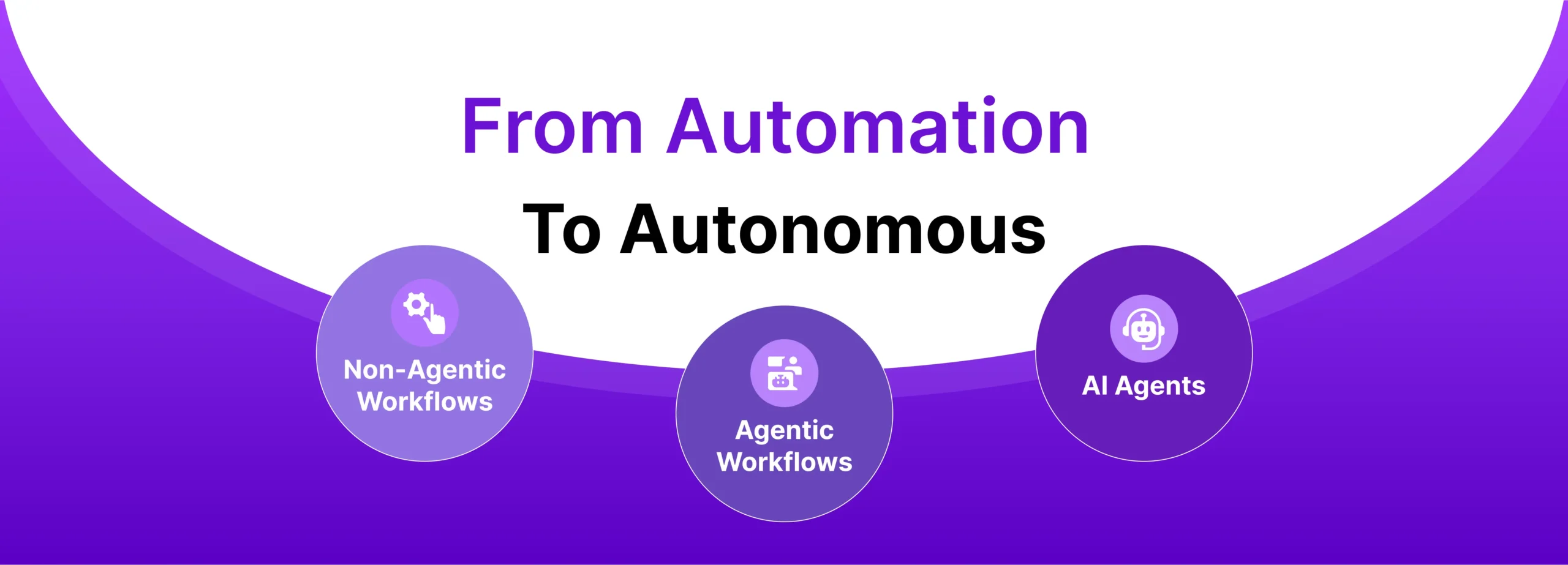You’ve built a killer app and users are flocking to you. Now begins the hard work of commercializing that success and quite literally hanging on to existing revenues. While customer acquisition is where the story begins, retention is where your digital business will live or die. In the traditional business model, churn is depicted as a leaky bucket to be topped up with new customers. For a digital business, churn is more like a fire hose blowing away your profits faster than you can top up the bucket.
Gartner estimates worldwide Cloud revenues will hit $364 billion in 2022. So when we talk about the importance of recurring revenue, we’re talking about a massive multi-billion dollar business issue. If you’re wondering how much is at stake for your SaaS business, SaaS CFO has put together a set of tools for you to calculate the financial size of your own retention challenge.
So why do customers cancel their subscriptions? The biggest reason customers leave is not, in fact, because they found a better price. According to an Accenture Global Customer Satisfaction Report, 68% of customers leave because they are upset with the treatment they’ve received. And when they leave, they don’t go quietly. The average dissatisfied customer will tell between 9 to 15 people about their experience. But just as bad customer service can be a huge loss for your business, a Customer Experience Impact Report by Oracle found that great customer service can be a huge win, with 86% of customers willing to pay more for a better service. So what are the causes of poor customer service in SaaS? What are the “must-haves” for a successful customer experience that drives retention and growth?
Must-have #1 – SaaS Support Reps Need a Greater Depth of Product Knowledge
The move to Cloud has seen traditional software makers become “system operators”. This has dramatically increased the knowledge requirements of customer support reps. They no longer just have to know about the software but also all the data centers, tooling and subsystems running beneath the surface of their digital business. Technology & Services Industry Association’s 2021 Support Services Benchmarks show the top 3 issue types of incidents all require product knowledge to resolve.

With technology evolving rapidly, it’s a challenge for support reps to understand the tooling and subsystems around your Cloud services. Product knowledge is required and it should be augmented with customer product data. Salesforce’s annual “State of Service” survey identifies product knowledge investments as a leading indicator of top performing service companies.
Must-have #2 – Support Reps Need Real-time Analysis of Product Usage Data for Issue Identification
If your support agents can’t identify a customer issue, they have no chance of resolving it on 1st contact. Again, TSIA benchmarks show that supporting a digital experience requires access to data sources such as logs. And there’s a complex collaboration between support, DevOps and engineering required to solve these issues.

Support teams need a solution that can correlate data in real-time. That shows the user journey. And the journey should be correlated with your logs and system alerts to guide in identifying the issue that much faster. This way, you don’t have to ask the customer to explain their issue over again and again. You can just see what it is. If you can reduce the time spent identifying an issue, you can increase the time spent empathizing with your customer. Connecting your support reps to your product data can dramatically improve resolution rates and increase customer satisfaction.
Must-have #3 – SaaS Businesses Need a More Efficient Escalation Management Process
SaaS businesses typically have longer resolution times. There is clearly a need for better collaboration and streamlining. TSIA’s benchmarks again illustrate this issue.

The biggest problem is finding the relevant data and analyzing it. It should be contextualized, correlated and shared across the entire team consistently. A consistent view of the customer issue will ensure swift resolution and avoiding repeating the issue discovery process. This terrifically streamlines collaboration. And it ensures that the entire team understands the revenue at risk represented by each customer escalation.
Must-have #4 – SaaS Businesses Need to Proactively Identify and Address Customer Issues
The traditional business model minimizes the cost of ongoing customer service. Profits are in the initial purchase, everything else is just a cost of doing business. SaaS businesses collect profits monthly or annually through a subscription. You’re on the hook to serve and win that customer’s business every time you speak with them.
In fact, Oracle’s Experience Impact Report again found that almost 9 in 10 customers have abandoned a business because of a poor experience. TSIA’s Benchmark Survey shows a growing correlation between contract renewal rates and customer satisfaction.

In SaaS business, customer support is a critical driver of Customer Lifetime Value. And as “For Entrepreneurs” points out, Lifetime Value is a key metric for determining if your Cloud business will be successful. Every human rep that engages with your customers has to be highly empowered and capable. Able to immediately identify an issue, understand its dimensions, and take corrective steps. You can’t achieve this, if your support reps don’t know what is going on.
Today, digital businesses are realizing that support can be a competitive advantage. And this needs automation–manual processes just don’t scale. Intelligent support operations integrate your customer product data and automate it with AI. This is the key to an effective digital customer experience and scaling revenue growth.
You can learn more in this recorded discussion with TSIA, Distinguished Researcher, John Ragsdale and TheLoops, CEO Somya Kapoor, “4 Must-haves for Modern SaaS Customer Support”.



